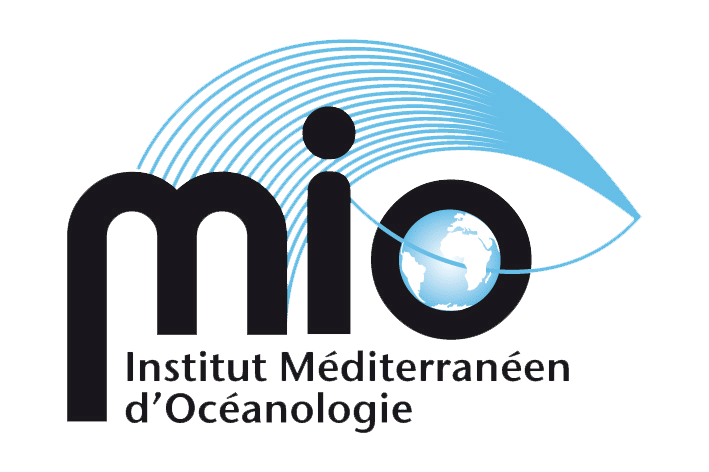Environmental and/or societal issues
Topic 3
This theme aims to respond to environmental or societal issues while benefiting from the research and advances developed in environmental physics in the team's other two themes. For example, it involves exploring the capabilities of modelling to develop monitoring systems for risks and nuisances such as submersions and surges, extreme events (tsunamis, rogue waves), jellyfish outbreaks, the accumulation of macro-waste, the dispersion of CO2 and contaminants in coastal urban areas, and the dispersion and transport of larvae of marine organisms (study of marine connectivity).
Beyond modelling, the team abilities in oceanographic observations (observation networks) can also be useful for operational oceanography (data assimilation) and applications to marine engineering (e.g., the use of currents for guiding boats). Another component of this topic lies in the framework of global change. In particular, this team is involved in the quantification of carbon sequestration by physical and biochemical pumps as influenced by hydrodynamics and coastal contributions, alongside the evolution of marine ecosystems, in the Mediterranean Sea.
In this same context, new methods for extracting energy from oceans are explored. Clearly, the extraction of energy from the swell and currents, and the study of fluid-structures interactions in a floating-aeolian framework are considered as the main research approaches in this domain.
To achieve its objectives, the team relies on a strong synergy between in situ measurements (including high-frequency and high-resolution measurements), laboratory experiments and hydrodynamic and coupled physical/biogeochemical modelling. The team has access to state-of-the-art equipment (MVP, OCARINATo achieve these objectives, the team activity is based on strong synergy between in-situ measurements (including high frequency and resolution), laboratory experiments, and modelling in hydrodynamics and is coupled with physics/biogeochemistry. Indeed, the team uses and develops advanced equipment (MVP, OCARINA, large wind-wave tanks and basins), contributes to national marine observation networks (TRANSMED, MOOSE, SOMLIT, HTMNET, etc…), and has acknowledged abilities in the electromagnetic remote sensing of the marine environment and in processing of radar (HF and microwave) and satellite data, alongside hydrodynamical (CROCO, NEMO-GLAZUR, etc…) and biogeochemical (Eco3M) modelling.




